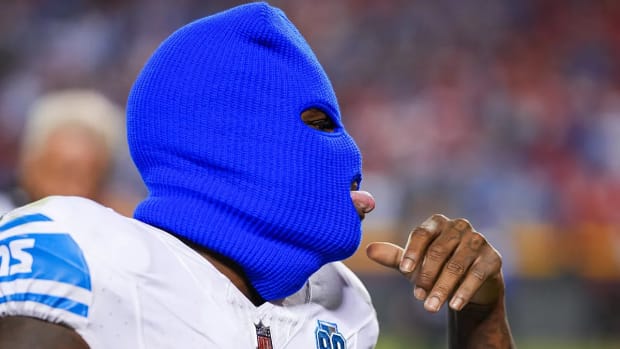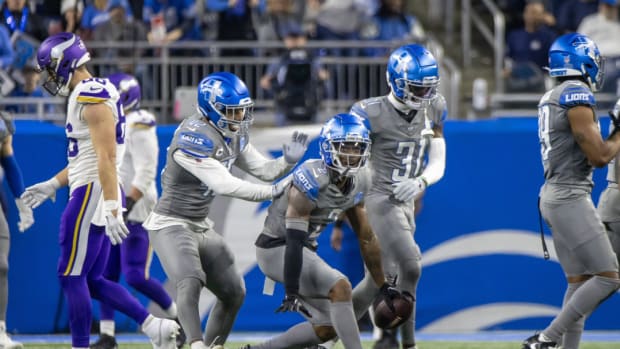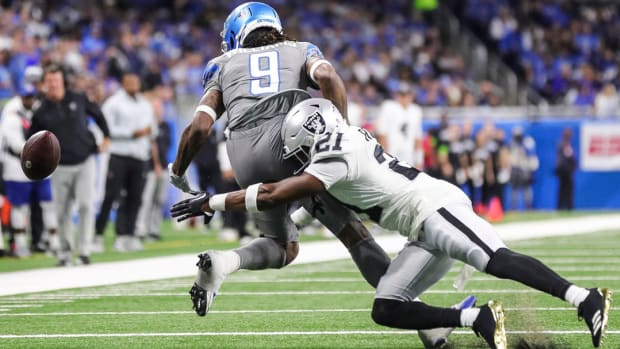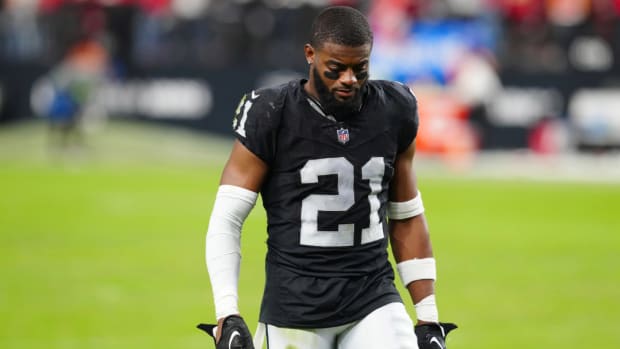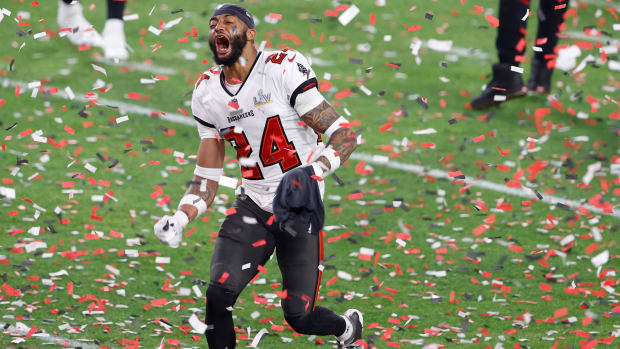Matt Patricia on Hurdling: 'I Think We All Understand the Dangers'
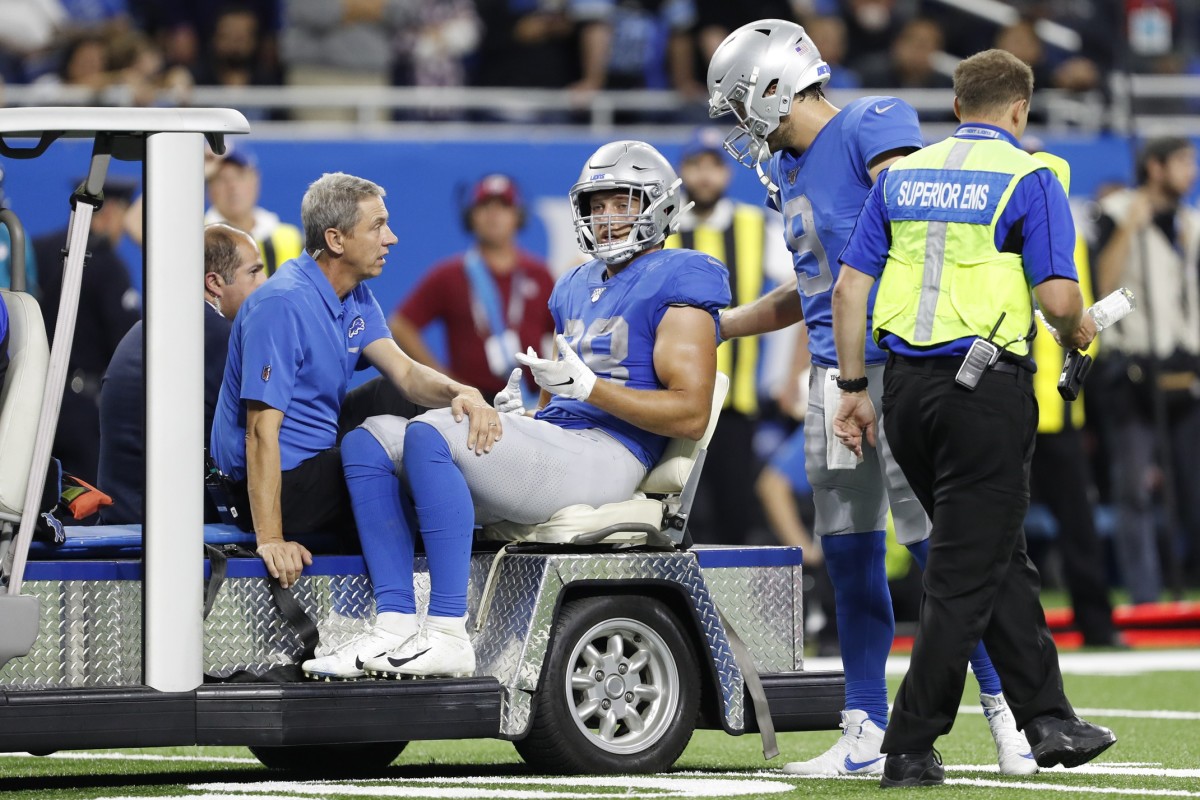
As of Saturday afternoon, Lions rookie tight end T.J. Hockenson was still in the NFL's concussion protocol.
Recall, he suffered the brain injury after a scary fall during Week 4 against the Chiefs.
Hockenson tried to hurdle a Kansas City defender, but instead landed on his right shoulder after being sent in the air.
He was unable to re-enter the game after he was taken to the locker room near the end of the third quarter.
On Saturday, Lions head man Matt Patricia was asked by the media if he had addressed hurdling defenders with his team.
“I think they got a pretty good point of that last week, in general. We’ll see. We’ll see when the game hits," Patricia said. "Sometimes, those guys are trying to do the right things. I think we all understand the dangers with some of that stuff."
Patricia expressed understanding of the very tough position players are in, having to make split-second decisions.
"I do understand their point of it, too, with some of the lower-body risk situations that they’re in right now," Patricia commented. "They’re trying to protect themselves from that, too. I do understand all of that, and I’m not out there playing. I’m not in that situation. I can’t really do that. Again, continual education of understanding the injuries and the risks and all of that stuff is what’s really most important, whatever it is. I think in that particular case, they saw that last week.”
Patricia went on to explain in further detail how a player should determine when to hurdle a defender and when not to do so.
Per Patricia, “There are a lot of examples of it through the course of the weekend in the NFL. Even in college, too, if you can grab some of that film and track that. (You) just try to show them, 'Hey, if you’re setting something up, and you think you see this and then, it’s a calculated risk. At that point, that is really good.'"
He added, "I think some of the last-minute decisions on those where you’re kind of reactionary are definitely where your body is protecting itself. You’ll see some of that sometimes. I think understanding where you are – if you’re inside, if you’re outside, grass versus turf, is (all) different. I think (there are) also situations where certainly sometimes, you have to learn how to fall. It kind of sounds silly, but sometimes that’s what you have to do. You have to learn to protect yourself, as you go down. It’s really hard to kind of pinpoint it and give them a concrete, 'This is the answer.' Because it’s not. Everything is reactionary from that standpoint. Everybody is a little bit different. There are a lot of low shots, where those guys are trying to protect themselves from some of that stuff."
Patricia also provided his standpoint on hurdling from the perspective of a head coach.
"Certainly, from me, from my standpoint as a head coach, I’m also trying to coach the other side of that," Patricia said. "This is why we don’t want to do that. This is why we don’t want to go low. The heads are down here. We have to keep the heads up. We have to see what we hit. We have to be protected. We want to be in a safe hitting position on the football field. I think it’s for us, a way to coach, and we’re always trying to coach safety. Those examples -- you can really identify both sides of it, and really coach it hard just to get them to understand why. Why you don’t want to do this or why this position is dangerous. That’s the most important thing because again like I said, injuries are never good. But as a coach, when you have to go walk out on that field and try to see what’s going on, no one wants to be there.”
More: Eight Percent of NFL Experts Pick the Lions to Win Monday

